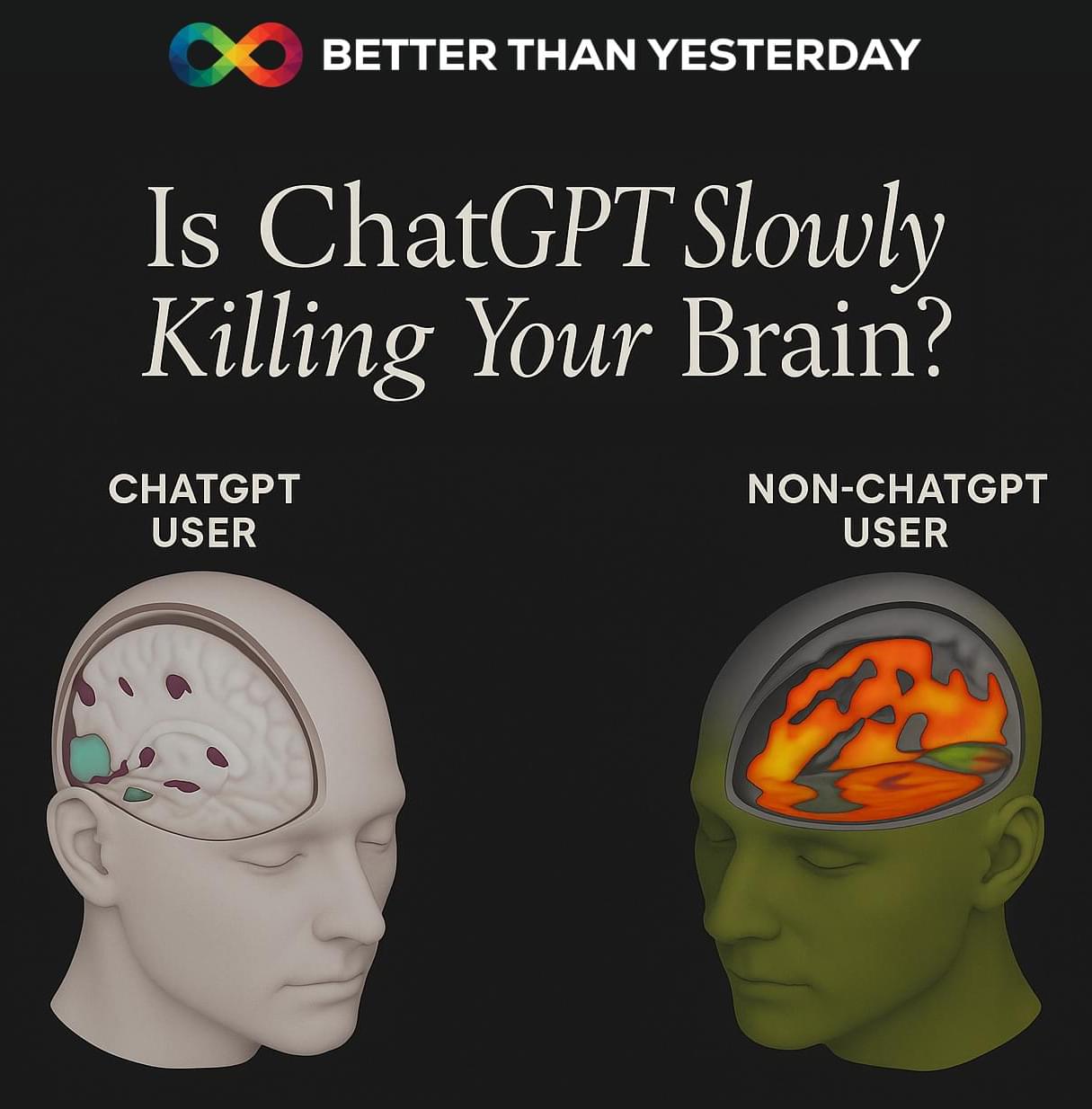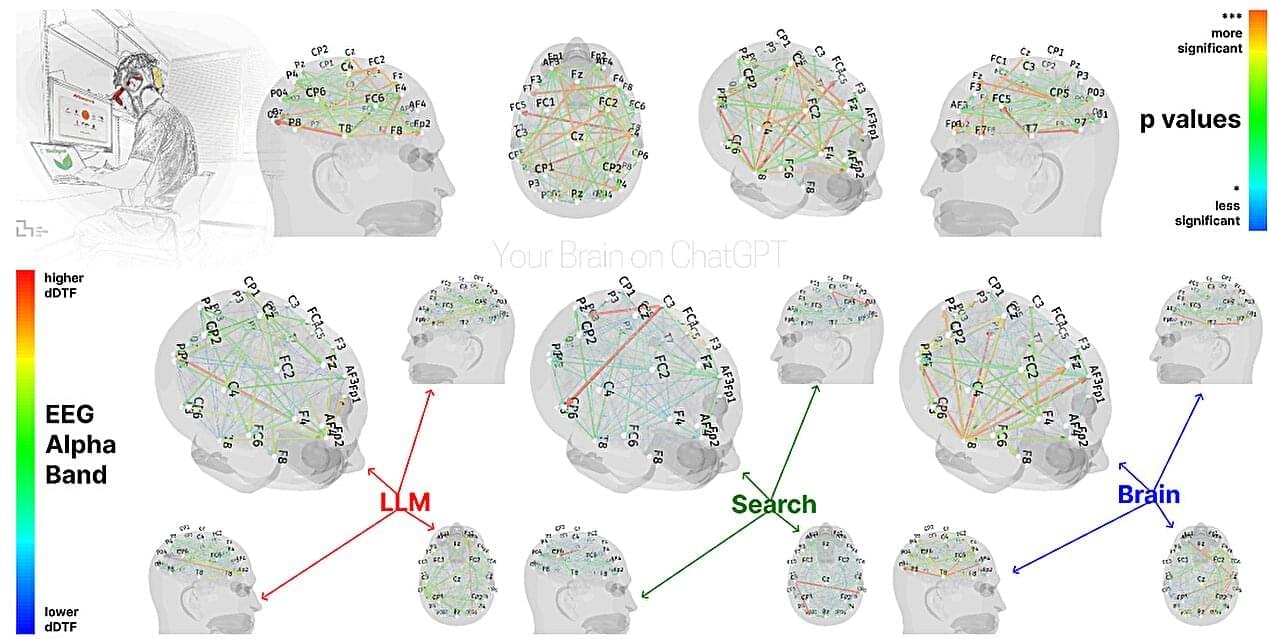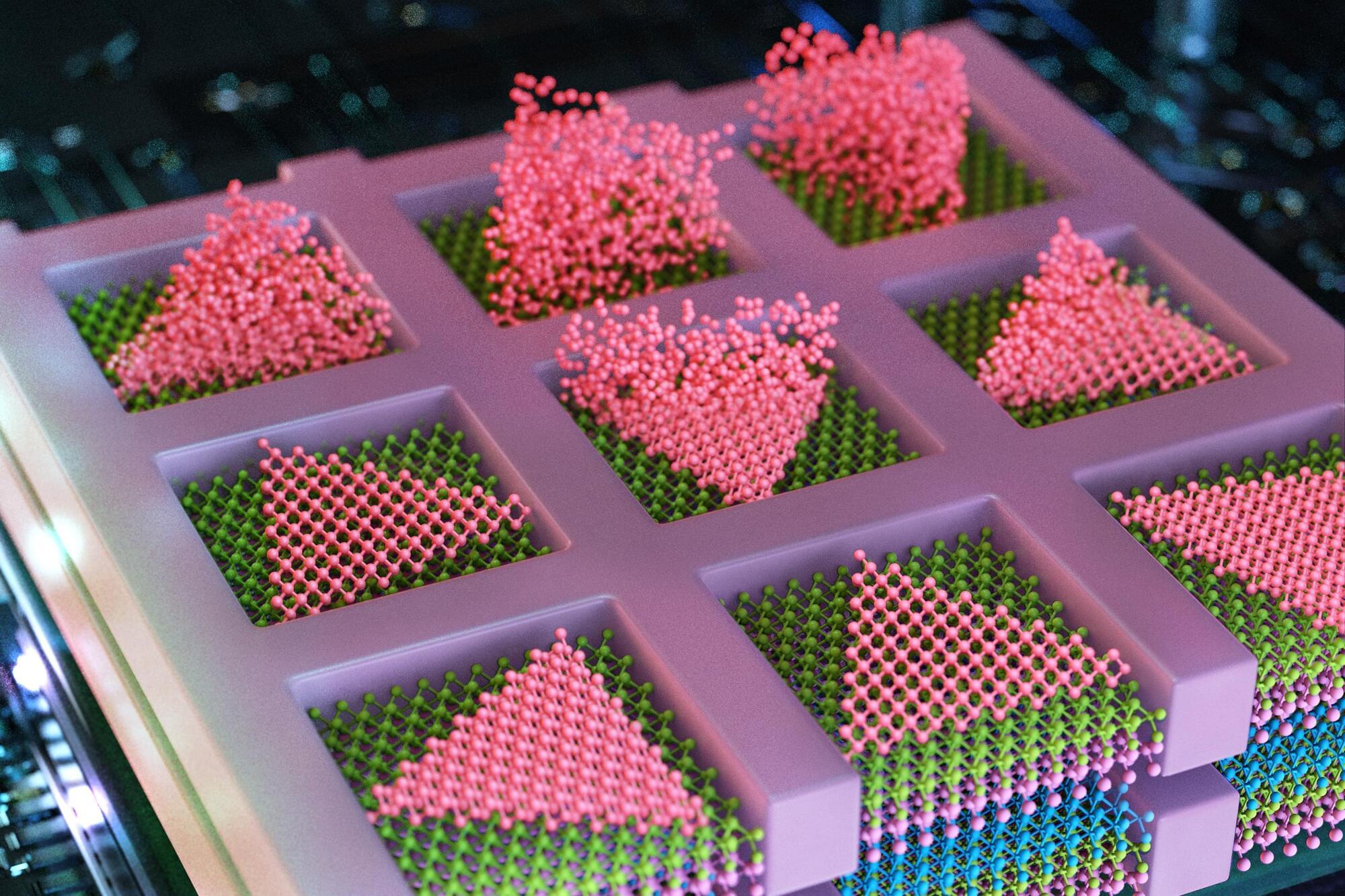MIT’s latest brain scan study reveals how overusing AI might be shrinking your memory, focus, and originality.



A team of neurologists and AI specialists at MIT’s Media Lab has led a study looking into the brain impacts of large language model (LLM) use among people who engage with them for study or work. They report evidence that the use of LLMs may lead to an erosion of critical thinking skills. In their study, posted on the arXiv preprint server, the researchers asked groups of volunteers to write essays while connected to EEG monitors.
Over the past few years, the use of LLMs such as ChatGPT has become commonplace. Some use them for fun, while others use them to help with school or work responsibilities, and the team at MIT wondered what sort of impact LLM use might have on the brain.
To find out, they recruited 54 volunteers. The initial group was then split into three small groups, all of whom were asked to write a 20-minute essay on the topic of philanthropy—one group was asked to use ChatGPT for help, the second was asked to use Google Search, and the third “Brain-only” group was given no tools or resources at all. The participants remained in these same groups for three writing sessions.
Does the use of computer models in physics change the way we see the universe? How far reaching are the implications of computation irreducibility? Are observer limitations key to the way we conceive the laws of physics?
In this episode we have the difficult yet beautiful topic of trying to model complex systems like nature and the universe computationally to get into; and how beyond a low level of complexity all systems, seem to become equally unpredictable. We have a whole episode in this series on Complexity Theory in biology and nature, but today we’re going to be taking a more physics and computational slant.
Another key element to this episode is Observer Theory, because we have to take into account the perceptual limitations of our species’ context and perspective, if we want to understand how the laws of physics that we’ve worked out from our environment, are not and cannot be fixed and universal but rather will always be perspective bound, within a multitude of alternative branches of possible reality with alternative possible computational rules. We’ll then connect this multi-computational approach to a reinterpretation of Entropy and the 2nd law of thermodynamics.
The fact that my guest has been building on these ideas for over 40 years, creating computer language and AI solutions, to map his deep theories of computational physics, makes him the ideal guest to help us unpack this topic. He is physicist, computer scientist and tech entrepreneur Stephen Wolfram. In 1987 he left academia at Caltech and Princeton behind and devoted himself to his computer science intuitions at his company Wolfram Research. He’s published many blog articles about his ideas, and written many influential books including “A New kind of Science”, and more recently “A Project to Find the Fundamental Theory of Physics”, and “Computer Modelling and Simulation of Dynamic Systems”, and just out in 2023 “The Second Law” about the mystery of Entropy.
One of the most wonderful things about Stephen Wolfram is that, despite his visionary insight into reality, he really loves to be ‘in the moment’ with his thinking, engaging in socratic dialogue, staying open to perspectives other than his own and allowing his old ideas to be updated if something comes up that contradicts them; and given how quickly the fields of physics and computer science are evolving I think his humility and conceptual flexibility gives us a fine example of how we should update how we do science as we go.
What we discuss:
00:00 Intro.
07:45 The history of scientific models of reality: structural, mathematical and computational.
14:40 Late 2010’s: a shift to computational models of systems.
20:20 The Principle of Computational Equivalence (PCE)
24:45 Computational Irreducibility — the process that means you can’t predict the outcome in advance.
27:50 The importance of the passage of time to Consciousness.
28:45 Irreducibility and the limits of science.
33:30 Godel’s Incompleteness Theorem meets Computational Irreducibility.
42:20 Observer Theory and the Wolfram Physics Project.
45:30 Modelling the relations between discrete units of Space: Hypergraphs.
47:30 The progress of time is the computational process that is updating the network of relations.
50:30 We ’make’ space.
51:30 Branchial Space — different quantum histories of the world, branching and merging.
54:30 We perceive space and matter to be continuous because we’re very big compared to the discrete elements.
56:30 Branchial Space VS Many Worlds interpretation.
58:50 Rulial Space: All possible rules of all possible interconnected branches.
01:07:30 Wolfram Language bridges human thinking about their perspective with what is computationally possible.
01:11:00 Computational Intelligence is everywhere in the universe. e.g. the weather.
01:19:30 The Measurement problem of QM meets computational irreducibility and observer theory.
01:20:30 Entanglement explained — common ancestors in branchial space.
01:32:40 Inviting Stephen back for a separate episode on AI safety, safety solutions and applications for science, as we did’t have time.
01:37:30 At the molecular level the laws of physics are reversible.
01:40:30 What looks random to us in entropy is actually full of the data.
01:45:30 Entropy defined in computational terms.
01:50:30 If we ever overcame our finite minds, there would be no coherent concept of existence.
01:51:30 Parallels between modern physics and ancient eastern mysticism and cosmology.
01:55:30 Reductionism in an irreducible world: saying a lot from very little input.
References:
“The Second Law: Resolving the Mystery of the Second Law of Thermodynamics”, Stephen Wolfram.
“A New Kind of Science”, Stephen Wolfram.
Observer Theory article, Stephen Wolfram.
Excellent Podcast interview Allan Grosvenor!…” How Allan built MSBAI to make super computing more accessible.
How AI-driven simulation is speeding up aircraft & spacecraft design.
Why AI is now making an impact in finance & algorithmic trading.
The next evolution of AI-powered decision-making & autonomous systems”
What if AI could power everything from rocket simulations to Wall Street trading? Allan Grosvenor, aerospace engineer and founder of MSBAI, has spent years developing AI-driven supercomputing solutions for space, aviation, defense, and even finance. In this episode, Brent Muller dives deep with Allan on how AI is revolutionizing engineering, the role of supercomputers in aerospace, and why automation is the key to unlocking faster innovation.



In this engaging new eighth episode of the AI Bros podcast, hosts John Lawson III and Bruce Burke delve into the dynamic world of artificial intelligence and its profound impact on various industries. The conversation kicks off with a discussion on the latest developments in AI, highlighting the massive investments being made by tech giants like Mark Zuckerberg, who recently acquired a significant stake in Scale AI. This move underscores the growing importance of data labeling in training AI models and the relentless pursuit of achieving Artificial General Intelligence (AGI).
The hosts explore the implications of AI on global infrastructure, particularly focusing on the energy demands required to support AI advancements. They discuss the necessity of building new data centers and the potential role of nuclear energy in meeting these demands. The conversation touches on the strategic moves by companies to secure energy resources, emphasizing the critical need for the U.S. to catch up with countries like China in terms of infrastructure development.
Transitioning to the realm of marketing and content creation, John and Bruce highlight how AI is revolutionizing these fields. They share insights into how AI tools are being used to automate tasks that were traditionally outsourced, such as virtual assistance, graphic generation, and scriptwriting. The hosts discuss the potential of AI to create high-quality content quickly and cost-effectively, as demonstrated by a recent AI-generated commercial aired during the NBA finals.
The episode also addresses the broader societal implications of AI, including the potential need for universal basic income (UBI) as AI continues to displace jobs. The hosts debate the feasibility of UBI in the U.S. and the challenges of implementing such a system. They reflect on historical technological advancements and the new job opportunities that AI might create, while acknowledging the uncertainty surrounding the pace and scale of these changes.
Throughout the episode, John and Bruce provide a balanced perspective on the opportunities and challenges presented by AI. They emphasize the importance of staying informed and adaptable in a rapidly evolving technological landscape. The hosts conclude with a forward-looking discussion on the future of AI in entertainment, speculating on the possibility of AI-generated feature films and the evolving role of AI in creative industries.
This episode is a must-listen for anyone interested in the intersection of technology, business, and society. It offers valuable insights into the transformative power of AI and its potential to reshape our world.
Join Bruce and John for the latest episode of The AI Bros Podcast. Subscribe, like, follow and share with your network. Thank you!

The electronics industry is approaching a limit to the number of transistors that can be packed onto the surface of a computer chip. So, chip manufacturers are looking to build up rather than out.
Instead of squeezing ever-smaller transistors onto a single surface, the industry is aiming to stack multiple surfaces of transistors and semiconducting elements — akin to turning a ranch house into a high-rise. Such multilayered chips could handle exponentially more data and carry out many more complex functions than today’s electronics.
MIT researchers fabricated 3D chips with alternating layers of semiconducting material grown directly on top of each other. The method eliminates thick silicon between layers, leading to better and faster computation, for applications like more efficient AI hardware.

The goal is to understand and control the formation of alumina-supported iron nanoparticles using a high-tech microscope and machine learning.